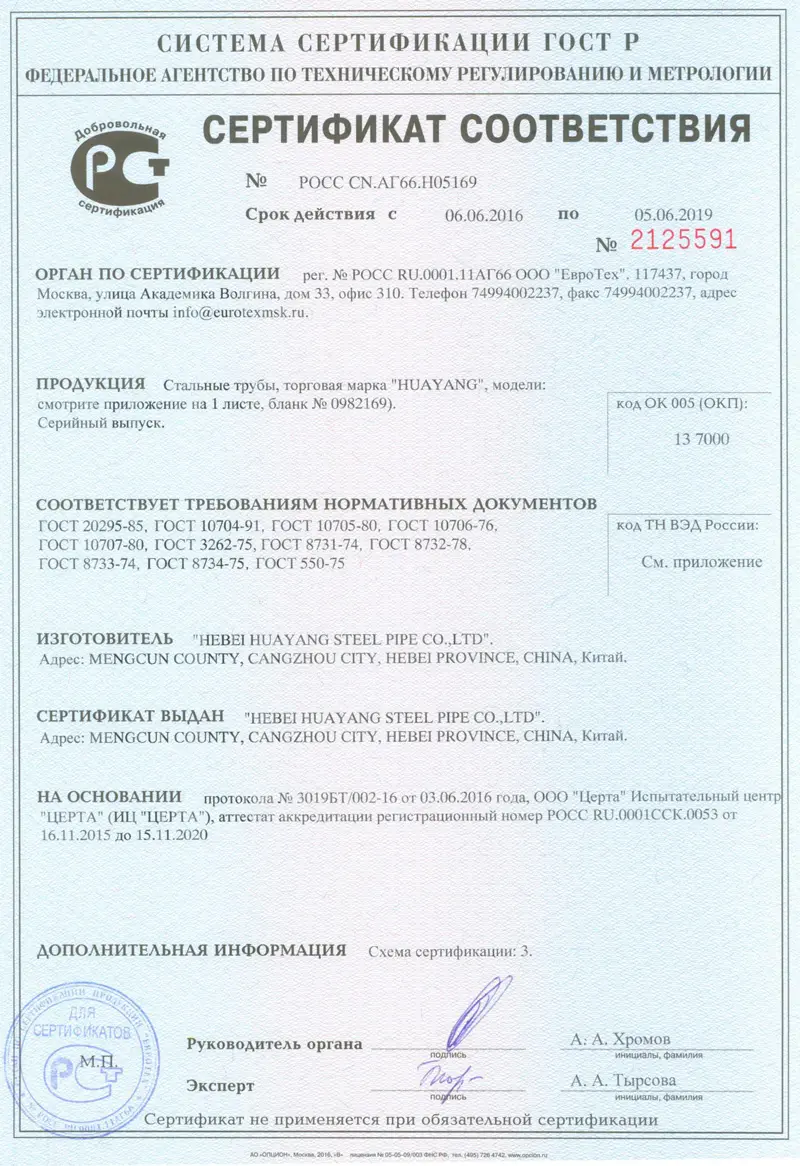
Dec . 05, 2024 01:07 Back to list
redispersible polymer powder manufacturing process
The Manufacturing Process of Redispersible Polymer Powder
Redispersible polymer powder (RDP) is an essential additive used in a variety of applications, including construction materials, adhesives, paints, and coatings. These powders consist of polymer particles that can easily be redispersed in water, offering enhanced properties such as adhesion, flexibility, and water resistance to end products. Understanding the manufacturing process of RDP is crucial for producing high-quality materials that meet industry standards. In this article, we will explore the steps involved in the manufacturing of redispersible polymer powder, highlighting the key methodologies and technologies used.
1. Selection of Raw Materials
The production of RDP begins with the selection of appropriate raw materials, typically including polymers like acrylics, vinyl acetate, and ethylene. The choice of polymers depends on the desired properties of the final product. Each polymer offers unique characteristics such as elasticity, hardness, and resistance to environmental factors. Additionally, raw materials like surfactants and stabilizers are chosen to improve the dispersion and stability of the polymer during the manufacturing process.
The next step involves the polymerization process, where monomers are chemically reacted to form polymer chains. This can be achieved through various methods, including emulsion polymerization, suspension polymerization, or solution polymerization. Emulsion polymerization is the most common method for producing RDPs, as it allows for better control over polymer particle size and distribution. This process occurs in an aqueous medium, where monomers, surfactants, and initiators are combined. The reaction typically takes place at elevated temperatures, leading to the formation of a stable polymer emulsion.
3. Spray Drying
Once the polymerization is complete, the resulting polymer emulsion needs to be transformed into a powder form. This is achieved through spray drying, a technique that involves atomizing the liquid emulsion into fine droplets and introducing it into a hot air stream. As the droplets travel through the hot air, the water evaporates rapidly, leaving behind dry polymer particles. The spray drying process is critical as it influences the particle size, morphology, and flow properties of the final RDP product. Careful control of parameters such as inlet temperature, feed rate, and air flow is essential to achieve the desired powder characteristics.
redispersible polymer powder manufacturing process

4. Post-Processing and Modification
After spray drying, the redispersible polymer powder may undergo various post-processing treatments to enhance its properties. This can include milling to achieve a specific particle size distribution, sieving to remove oversized particles, or blending with other additives to improve performance. Additionally, surface treatments may be applied to modify the hydrophilicity or hydrophobicity of the particles, affecting their redispersibility in water. These modifications can significantly influence the performance of the RDP in its end-use applications.
5. Quality Control
Quality control is a vital aspect of the manufacturing process for redispersible polymer powders. Rigorous testing is performed at multiple stages, including raw material inspections, in-process checks, and final product evaluations. Parameters such as particle size, moisture content, redispersibility, and viscosity are meticulously measured to ensure that the product meets the specified standards. Implementing a robust quality control system helps manufacturers maintain consistency and reliability in their products, ultimately leading to customer satisfaction.
6. Packaging and Distribution
Once the quality assurance process is complete, the redispersible polymer powder is packaged for distribution. The packaging is designed to protect the powder from moisture and contamination during transportation and storage. Common packaging options include moisture-proof bags or containers that ensure the product retains its quality until it reaches the customer.
Conclusion
The manufacturing process of redispersible polymer powder is intricate, involving careful selection of raw materials, polymerization, spray drying, and post-processing. Enhanced by quality control measures, this process ensures the production of high-quality RDPs that meet various application requirements. As demand for high-performance materials continues to grow, advancements in technology and methodologies within the RDP manufacturing industry will play a significant role in meeting the evolving needs of different markets. Understanding this process not only aids manufacturers in optimizing their production techniques but also helps users appreciate the value these additives bring to their applications.
-
Versatile Hpmc Uses in Different Industries
NewsJun.19,2025
-
Redispersible Powder's Role in Enhancing Durability of Construction Products
NewsJun.19,2025
-
Hydroxyethyl Cellulose Applications Driving Green Industrial Processes
NewsJun.19,2025
-
Exploring Different Redispersible Polymer Powder
NewsJun.19,2025
-
Choosing the Right Mortar Bonding Agent
NewsJun.19,2025
-
Applications and Significance of China Hpmc in Modern Industries
NewsJun.19,2025







